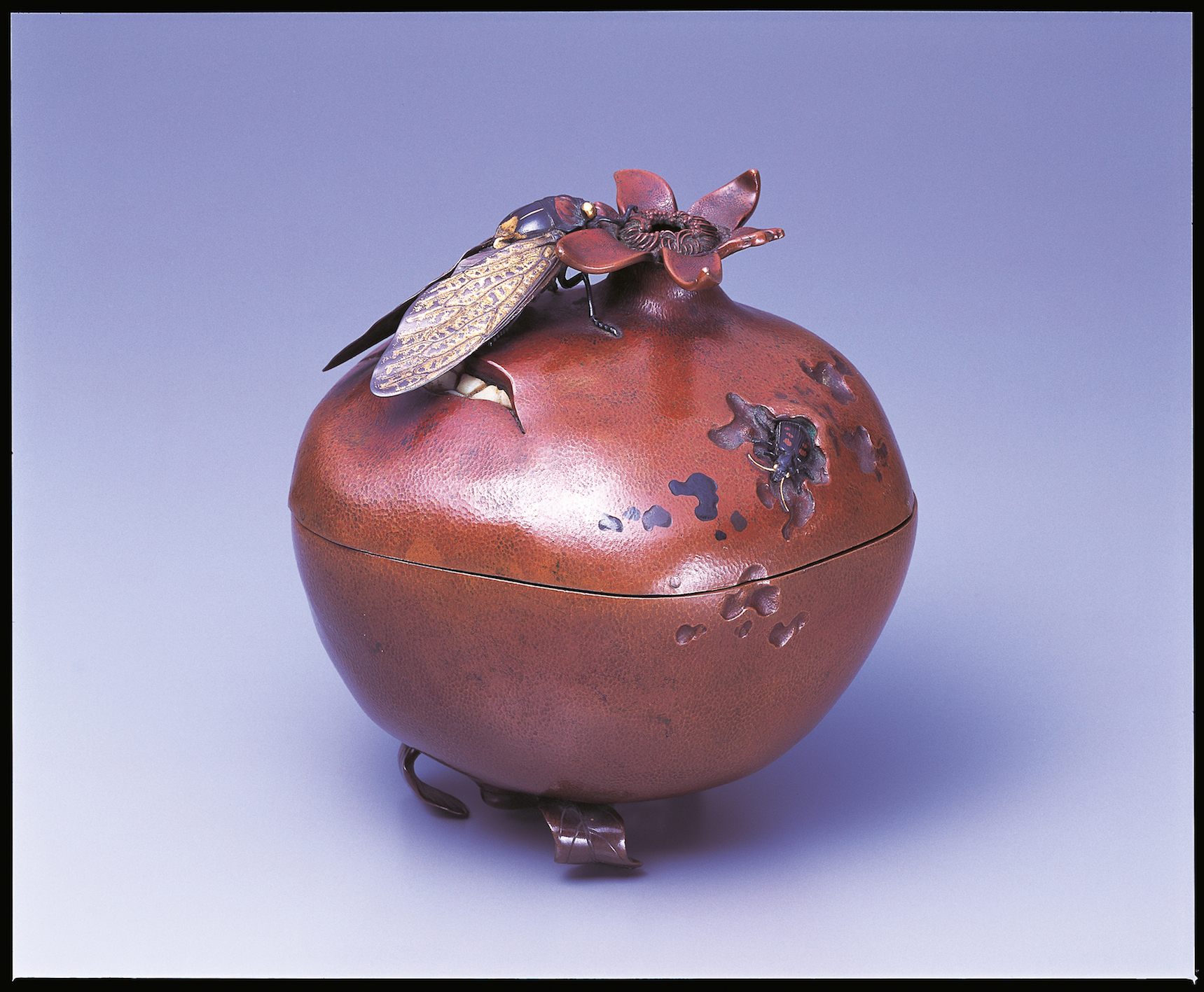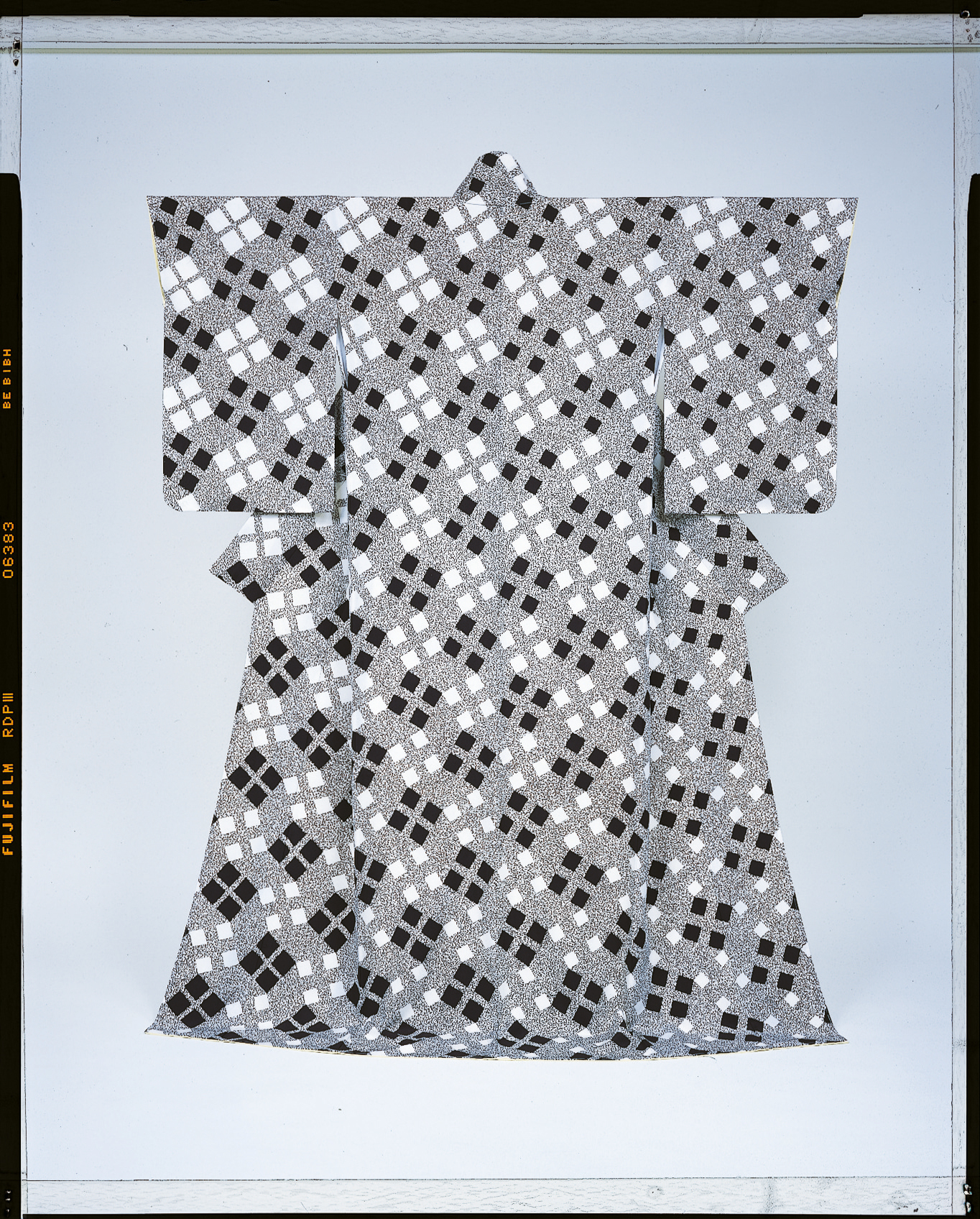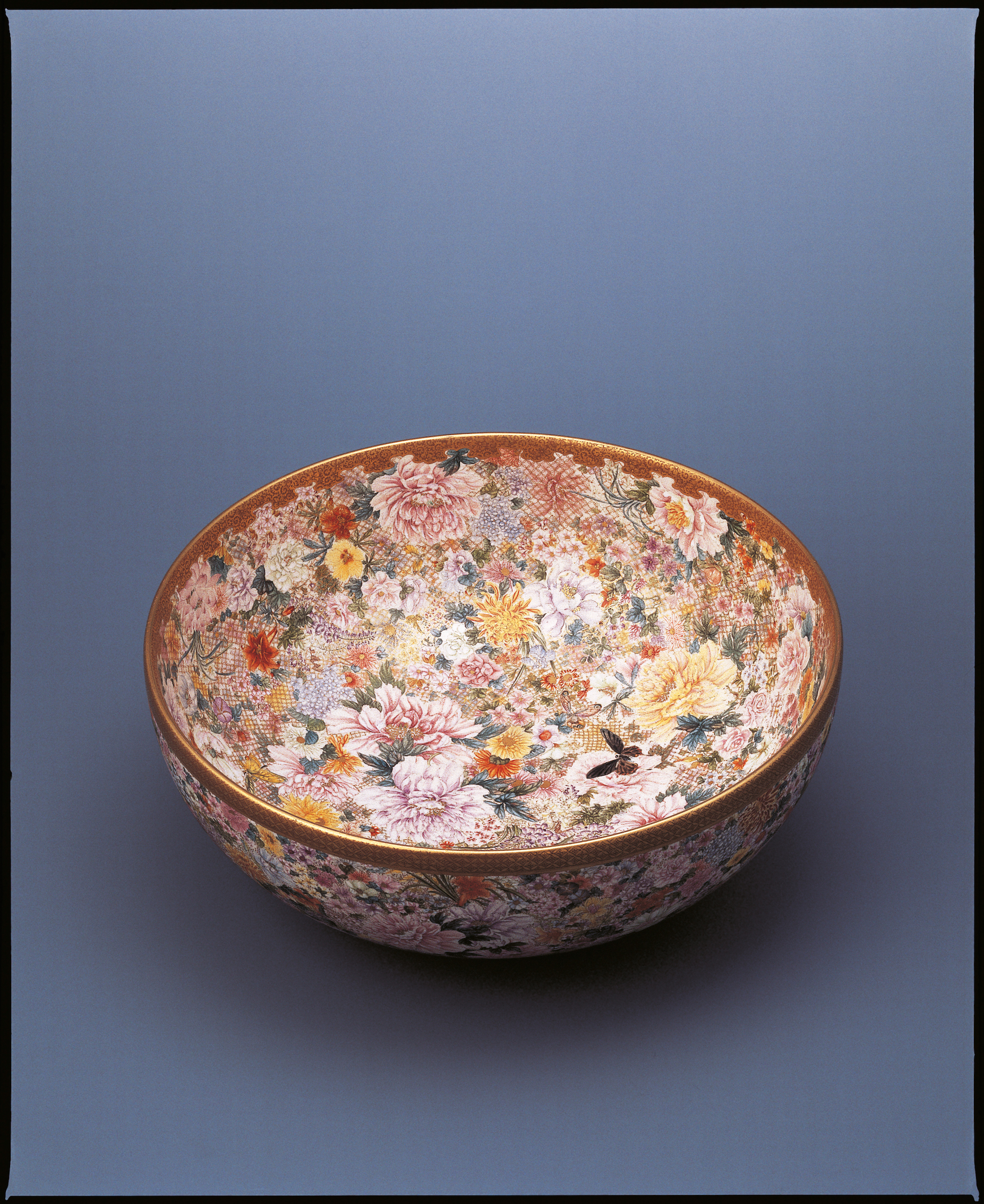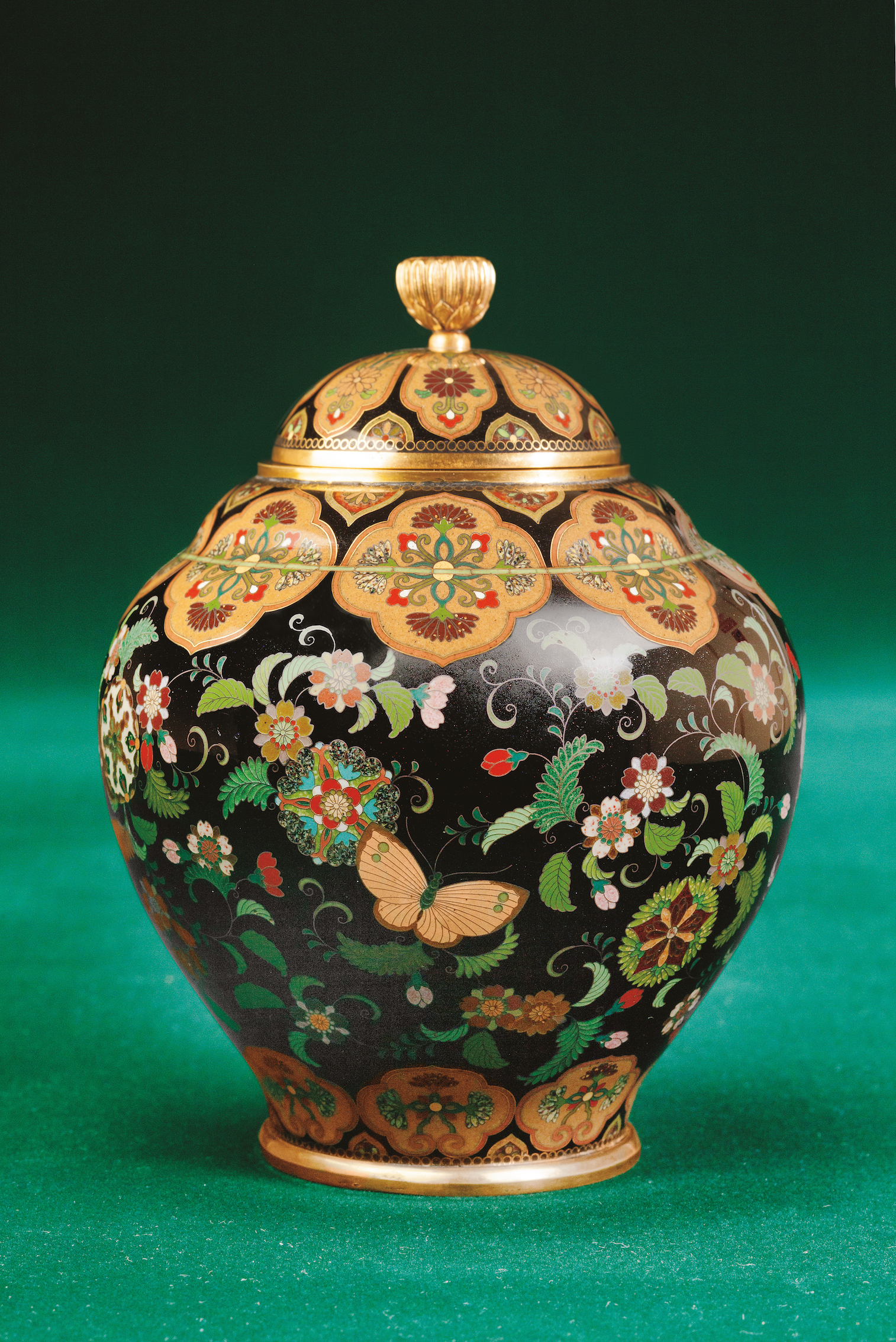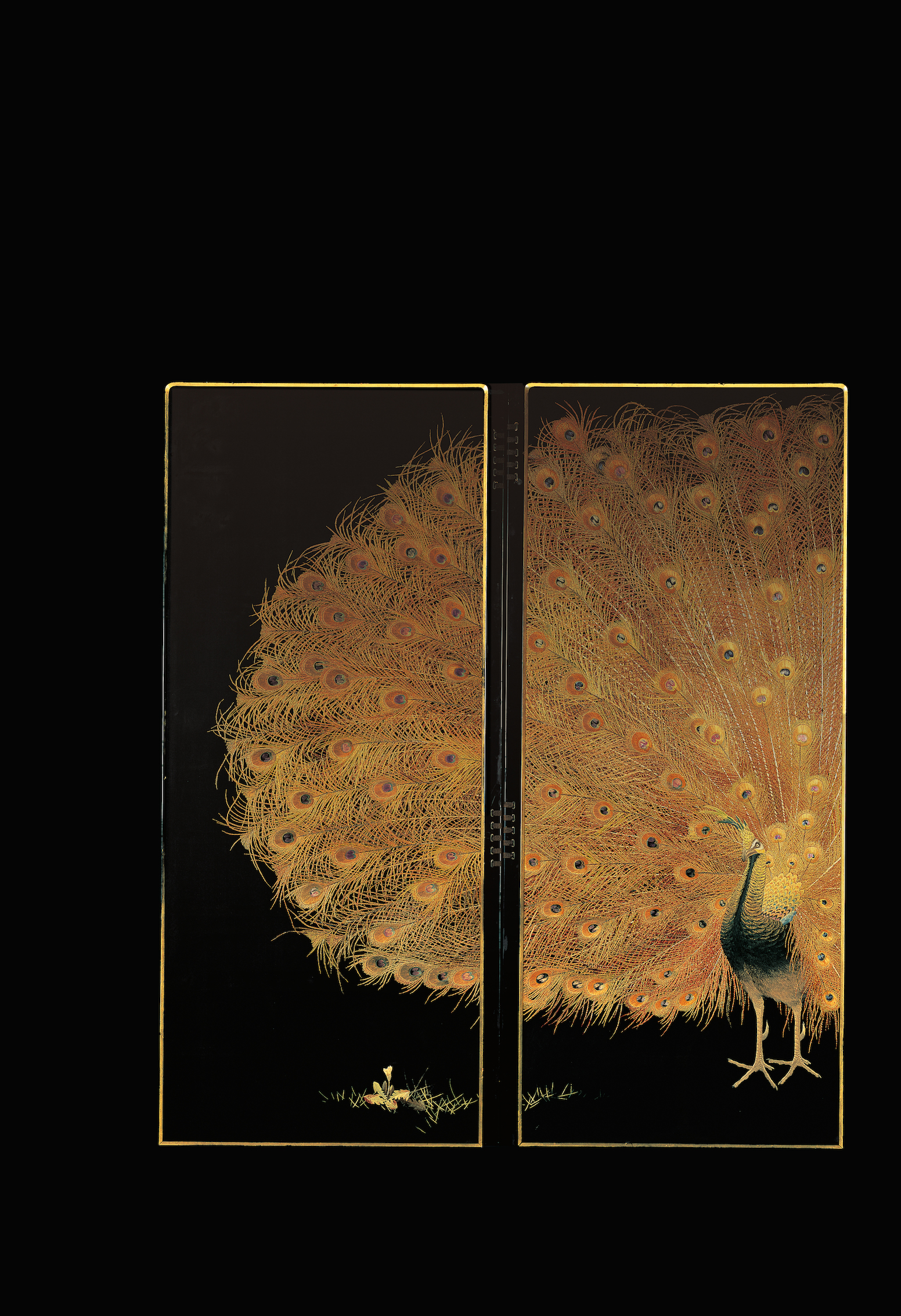Van Cleef & Arpels, the world-renowned high jewellery Maison, is famed for its unique style and excellent craftsmanship. The company also organizes exhibitions of its heritage collection at various museums in the world. This year the event is in Kyoto.
From approximately 1,200 years ago to the beginning of the Meiji Restoration in 1868, Kyoto served as the capital of Japan. Although the city experienced various ups and downs, it gradually evolved into an elegant society centering on culture. From the start of the Heian Period in 794, the city attracted all manner of people and things, and produced a host of high-grade items related to food, clothing, and shelter. In the field of clothing, for example, lavish attire adorned with gold brocade, such as junihitoe (twelve-layered ceremonial kimono), kosode (short-sleeved kimono), tsujigahana (a dyeing technique using vivid images of flowers), and noh play costumes were created. In addition, as there were many outstanding techniques available in the area, including everything from weaving to dyeing (as seen in the still flourishing tradition of Nishijin textiles), Kyoto was able to satisfy a variety of needs. This was made possible by the skills and spirit of seasoned craftsmen.
In this respect, Van Cleef & Arpels and Kyoto share a similar heritage. In both cases, highly skilled artisans have transmitted the mysteries of their art to successive generations, and it would be no exaggeration to say that this process is a common aspect of the human race that transcends both geographical area and historical period. This inspired the present exhibition, which focuses on the “mastery of an art.” The exhibition aims to generate a new context and forge a unique bond between high jewellery, an emblematic example of French savoir-faire, and the 1,200-year history of the traditional crafts of Japan, and serve as a testament to the spirit of cultural exchange that exists between France and Japan, and more specifically Paris and Kyoto.
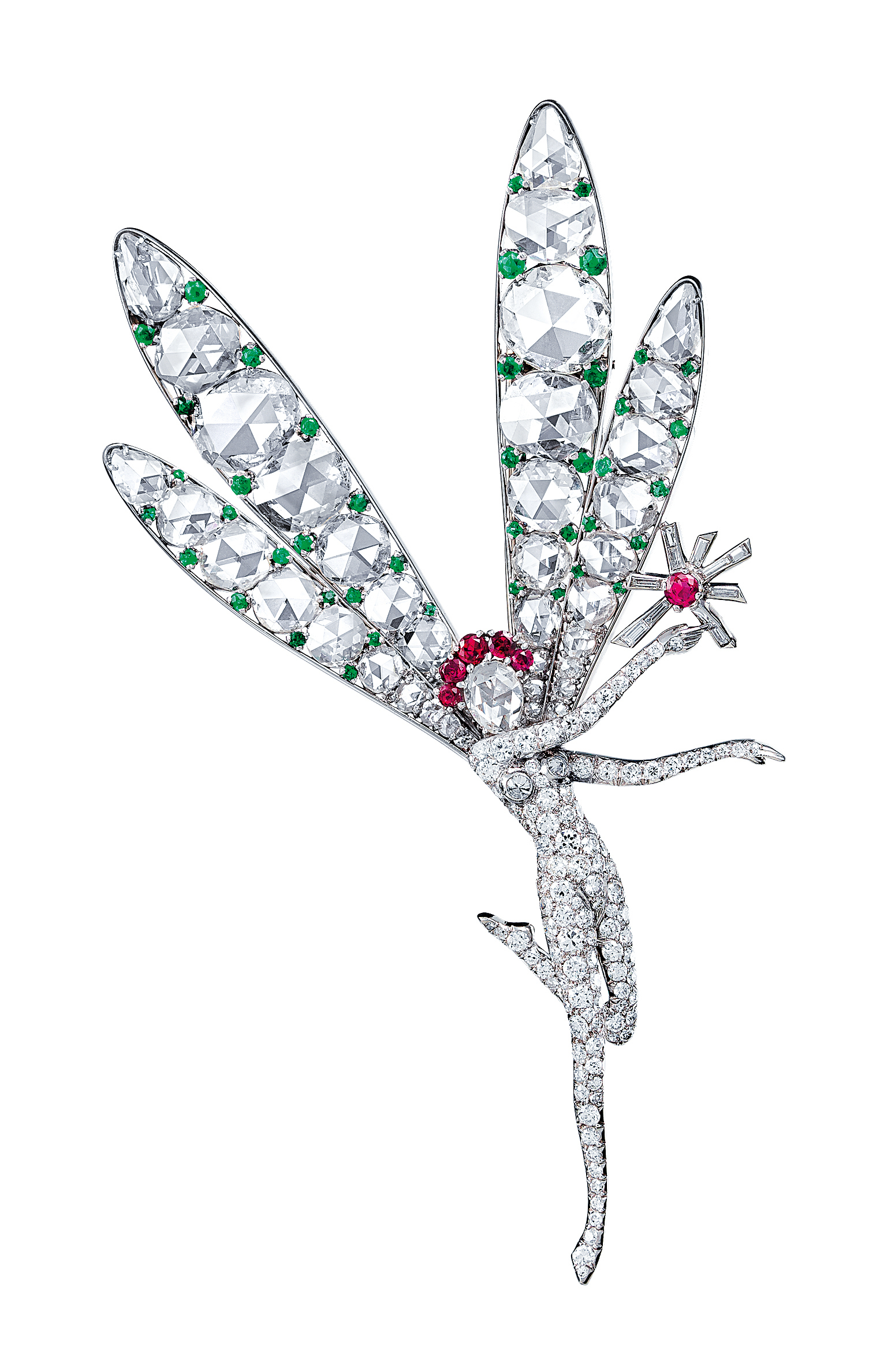
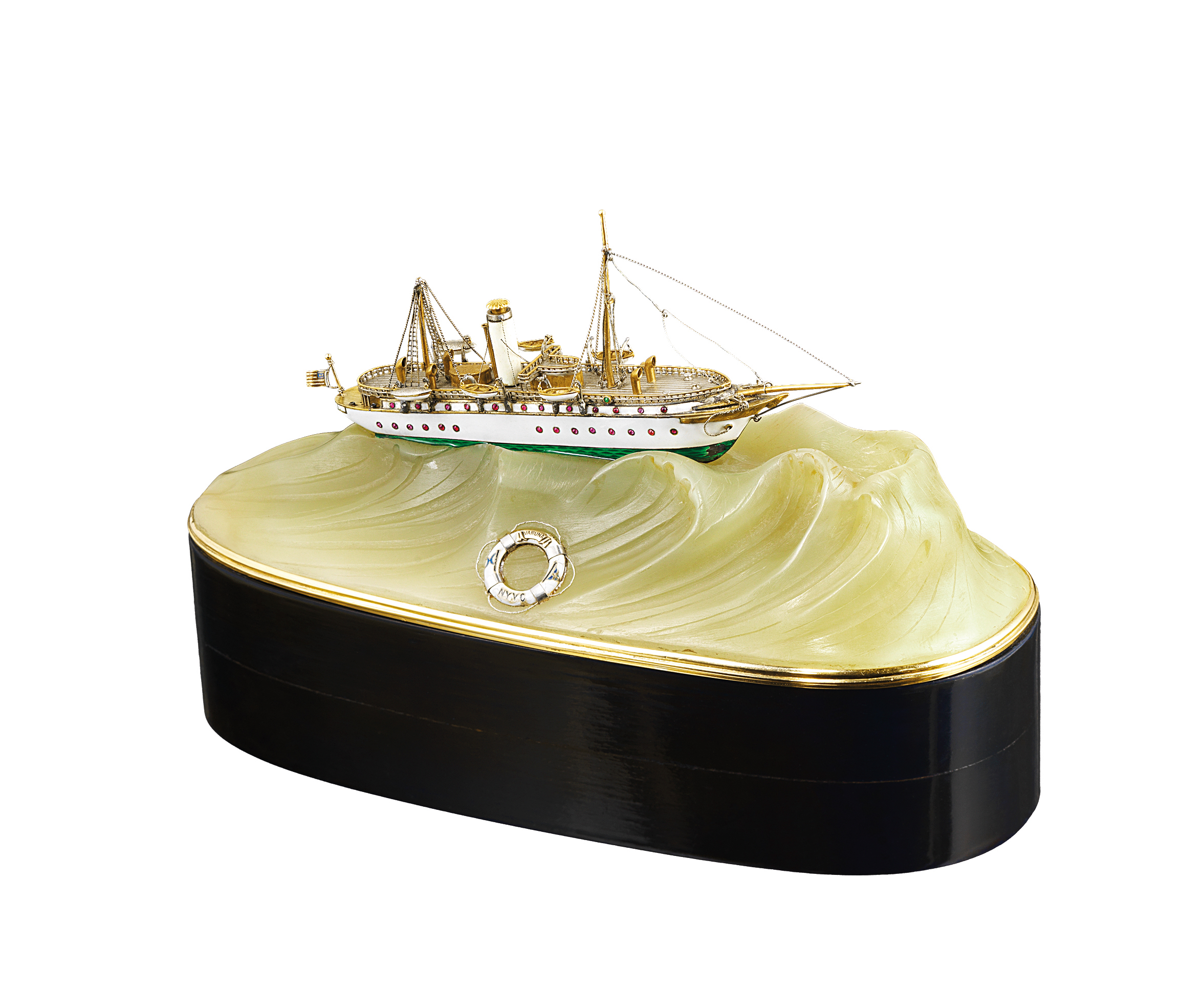

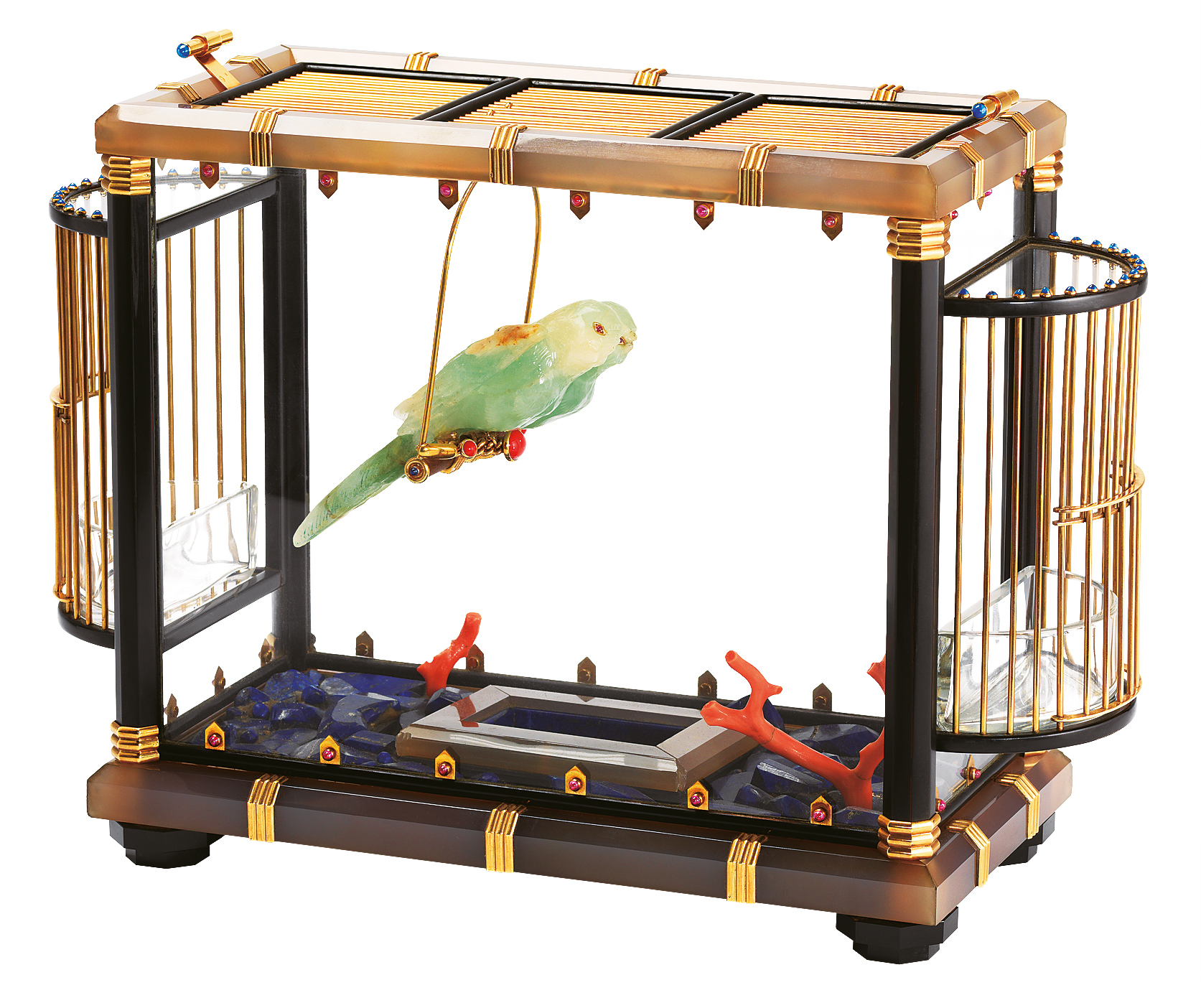
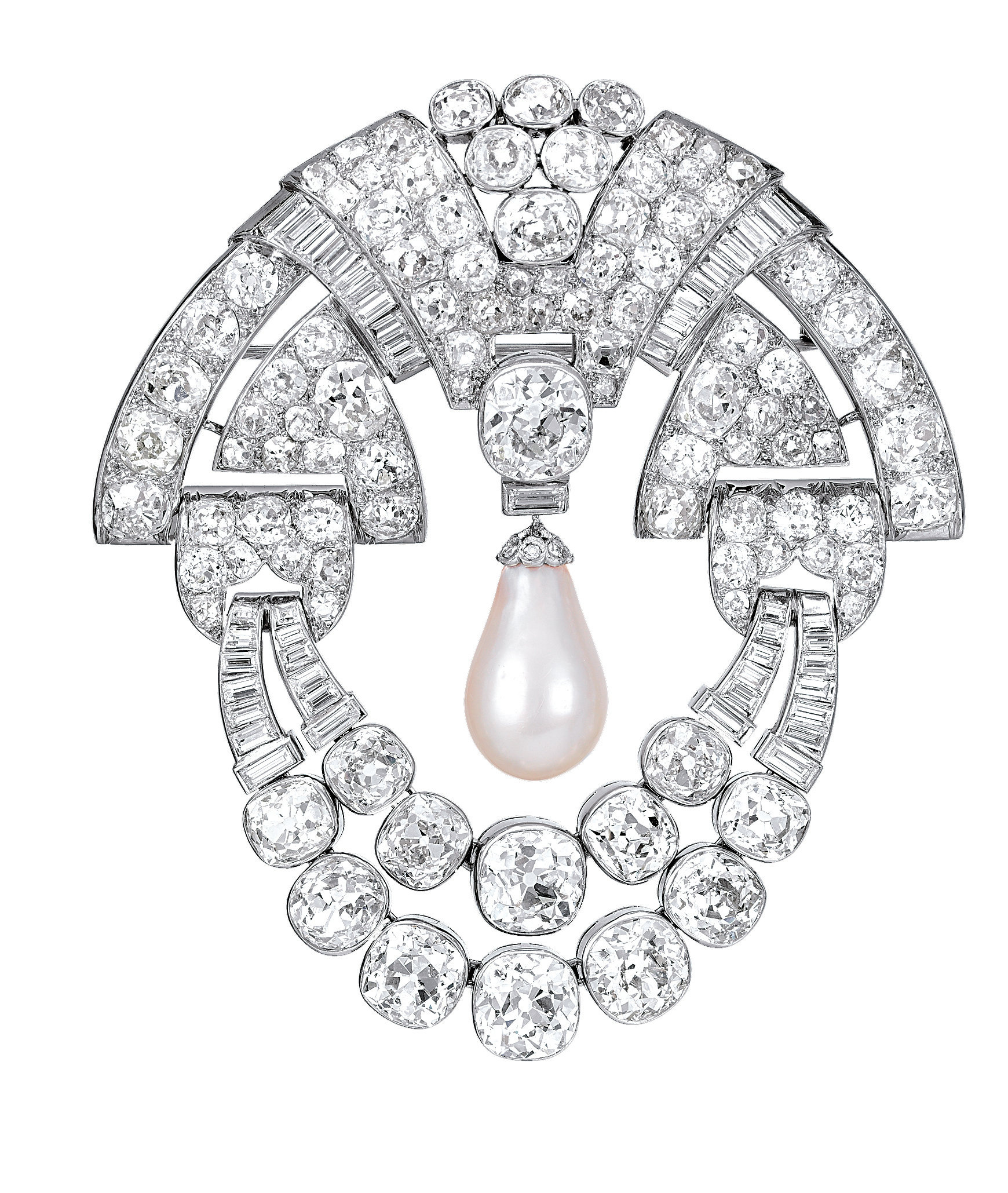
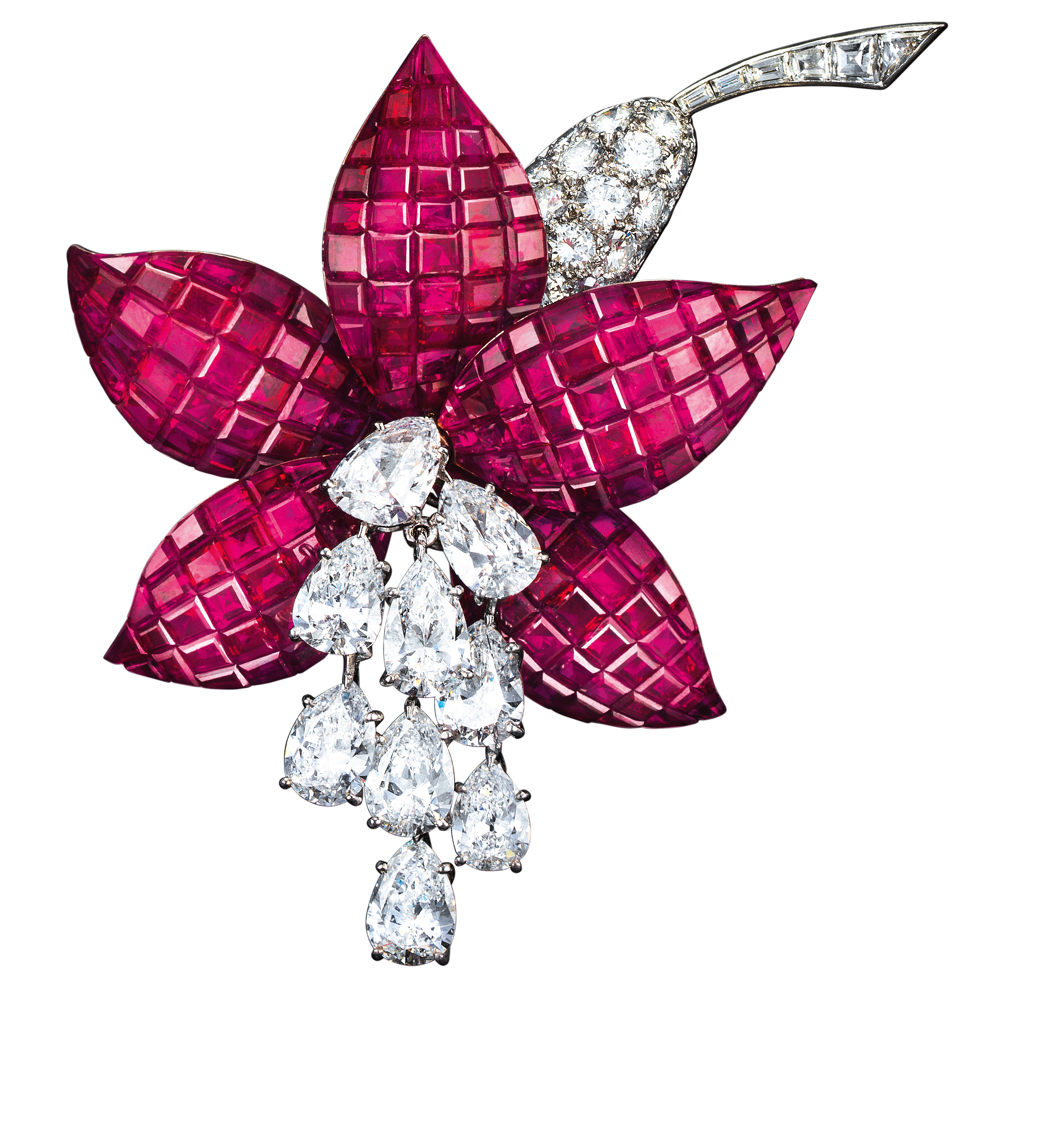
Van Cleef & Arpels
The History of Van Cleef & Arpels section of the exhibition will introduce important developments in Van Cleef & Arpels’ history, beginning with the foundation of the Maison in 1906 and continuing for over a century to the present day. In order to do this, approximately 80 works that most clearly illustrate changes in design and production techniques will be on display.
Van Cleef & Arpels, one of the foremost Maisons of French high jewellery, is known for its unique style and technical excellence. In 1895, Alfred Van Cleef, the son of a gemstone-cutter, married the precious-stone dealer’s daughter, Esther (Estelle) Arpels. In 1906, Van Cleef & Arpels was established on Place Vendôme, located in the heart of Paris.
In 1925, Van Cleef & Arpels’ rose bracelet was awarded the Grand Prize at the International Exhibition of Modern Industrial and Decorative Arts held in Paris, bringing the Maison international fame. In the 1930s, Van Cleef & Arpels introduced the Minaudière, a sophisticated type of evening bag, and received a patent for the “Mystery Set,” a unique technique that allows stones to be set with no metal or no plongs visible. The technique has been carried on by the virtuoso craftsmen called “Mains d’Or” (Golden Hand). Since then, Van Cleef & Arpels has developed a succession of works that exemplify the Maison’s creative spirit, including the Zip necklace and the Alhambra collection.
In 1956, Prince Rainier III of Monaco presented a set of Van Cleef & Arpels’ pearl and diamond jewellery as a wedding gift to Grace Kelly and the Maison became the purveyors of the Principality of Monaco. Counting many royal family members and celebrities among its customers, the Maison’s jewellery and watches, filled with dreams and poetry have attracted a worldwide following.
Van Cleef & Arpels maintains an archive of precious works, reflecting a wide range of stylistic trends that emerged with various historical developments. Most of these were produced in the Maison’s studio between the 1920s and the 1980s. The majority of items in this exhibition are derived from this collection.
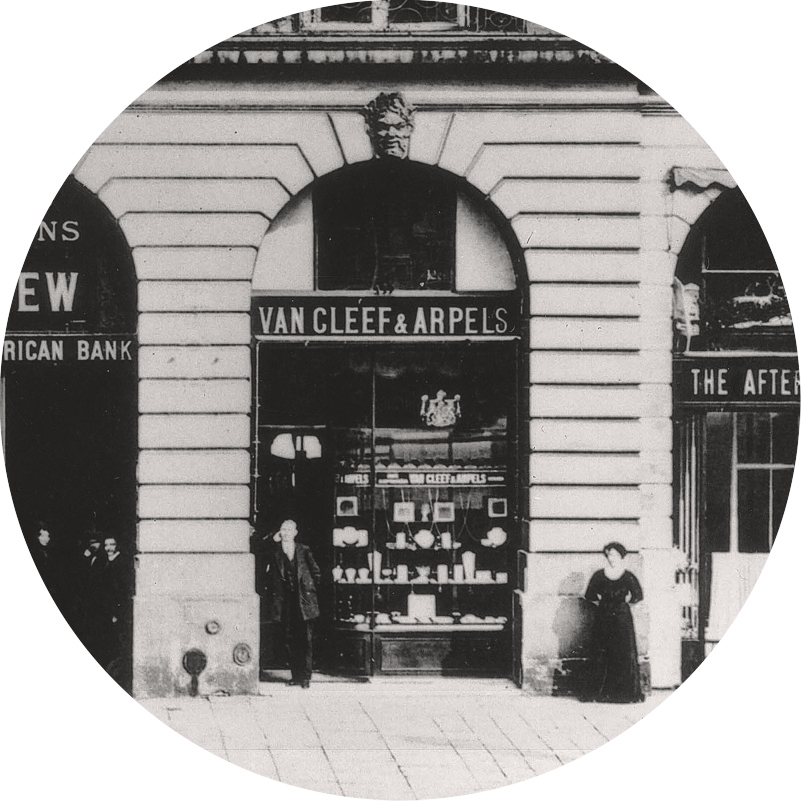
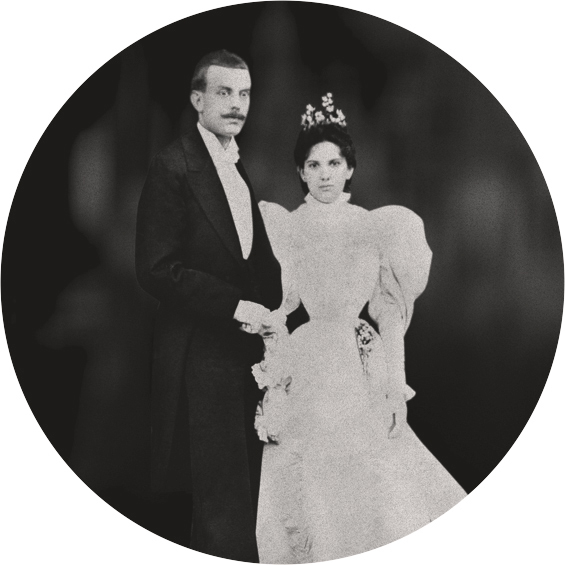
Mastery of an Art
In Japan, some outstanding handmade items are referred to as examples of “transcendental workmanship.” These are part of the general category of crafts. But unlike what is called “applied arts” in the West, these are important and peculiarly Japanese works that are considered to be every bit as valuable as fine arts. In addition to the aforementioned items of clothing that are made with an abundance of gold brocade, this includes such items as maki-e (a lacquer-ware technique in which pictorial expressions are depicted in gold), ceramics, and metalwork.
Like Japanese crafts, the works of high jewelry produced by Van Cleef & Arpels are truly treasures, and those who create them are the equivalent of what is known in Japan as Living National Treasures (or more properly, Important Intangible Cultural Properties). The modern era, particularly around the end of the Meiji Period (1868-1912), saw the emergence of Japanese artisans who placed an emphasis on originality and saw themselves as independent artists. Van Cleef & Arpels, on the other hand, has constantly produced their creations in collaborations involving different processes in the workshop. It is amazing to see that manufacturing methods developed in Japan hundreds of years ago have survived to the present day.
In the second section, viewers are encouraged to compare some 100 works of high jewellery, which combine a variety of materials and display a technical mastery that might be referred to as “transcendental workmanship,” with about 50 equally sublimely examples of Japanese crafts, including cloisonné enamel, ceramics, lacquer ware, and metalwork
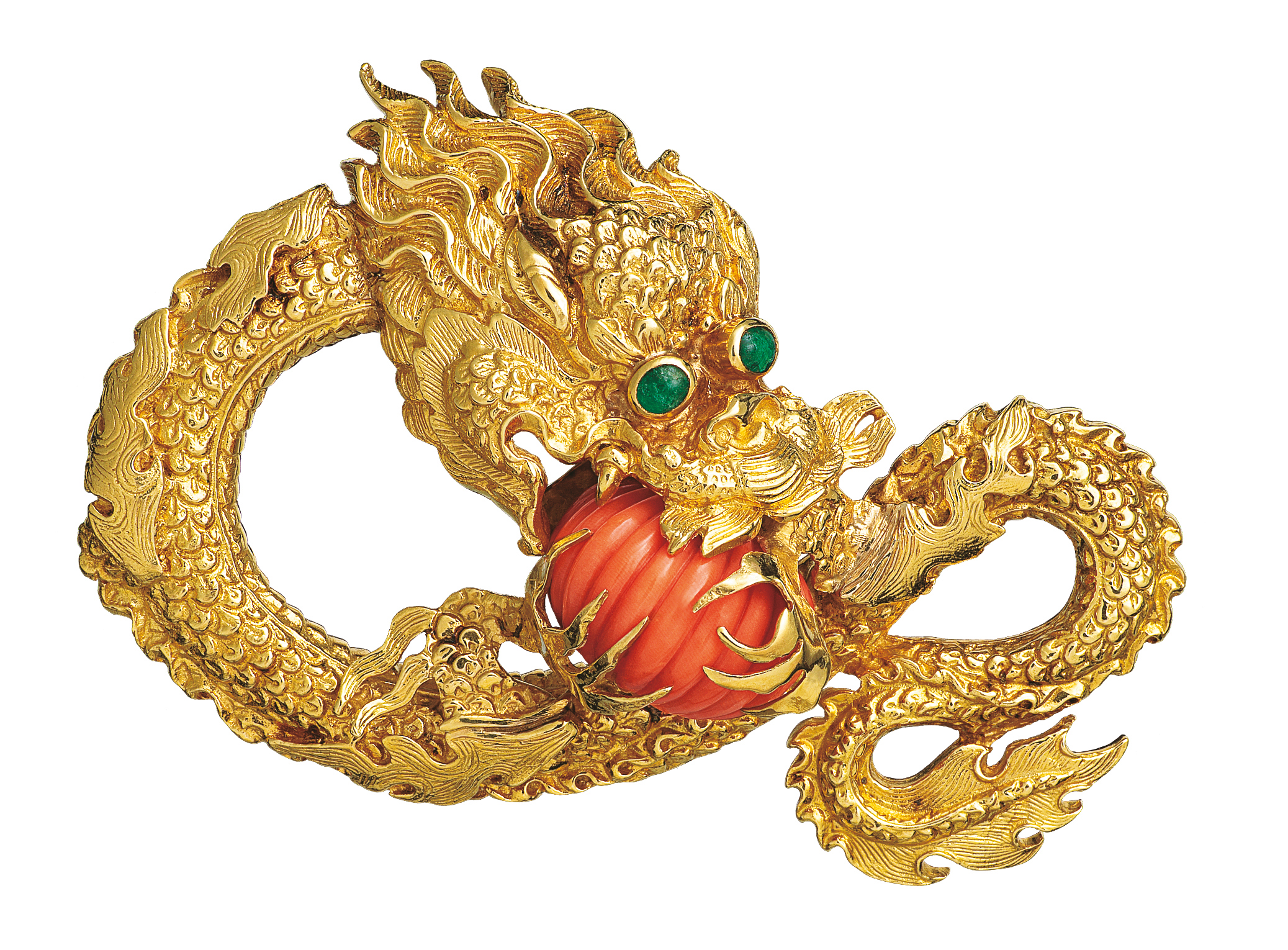
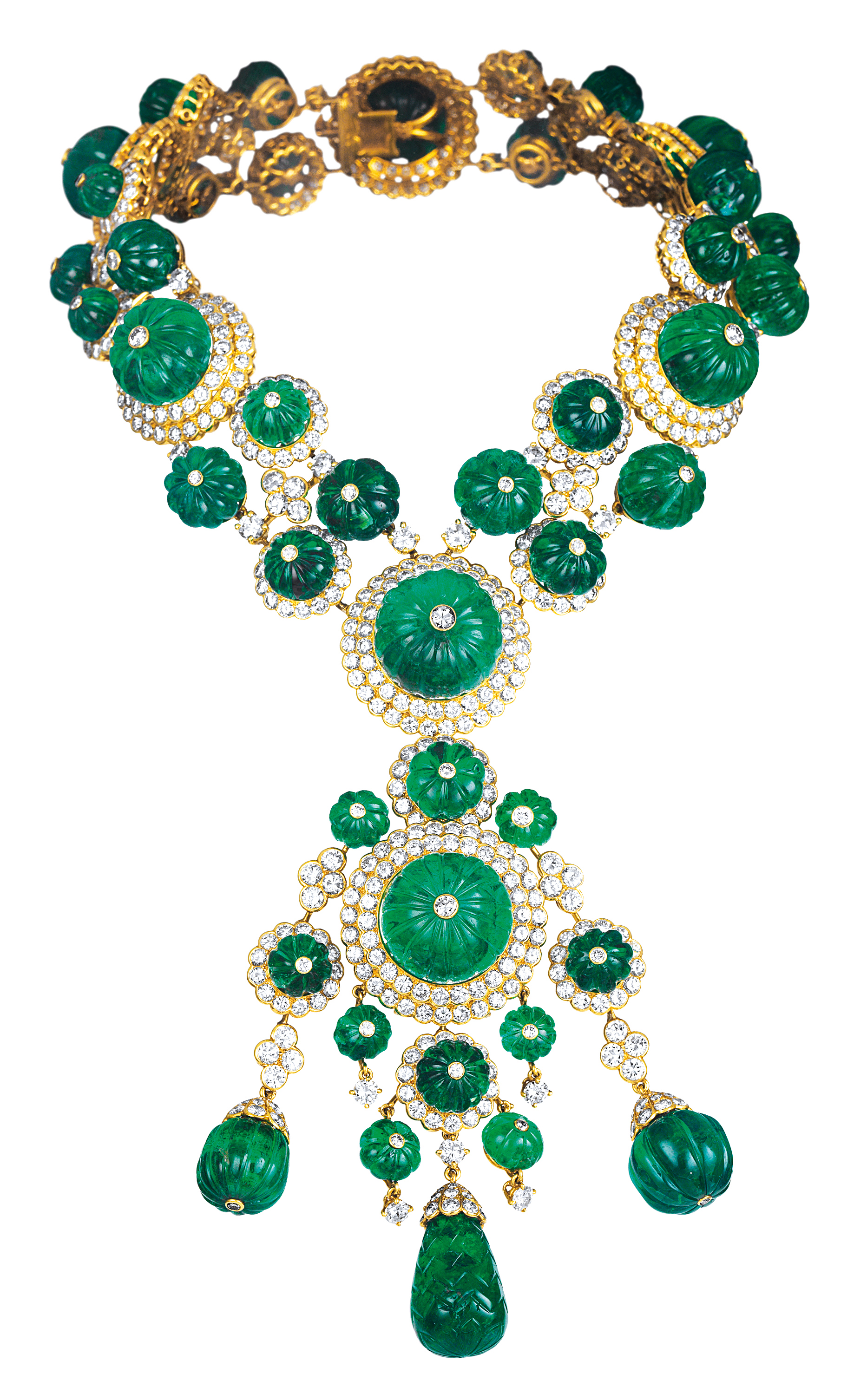
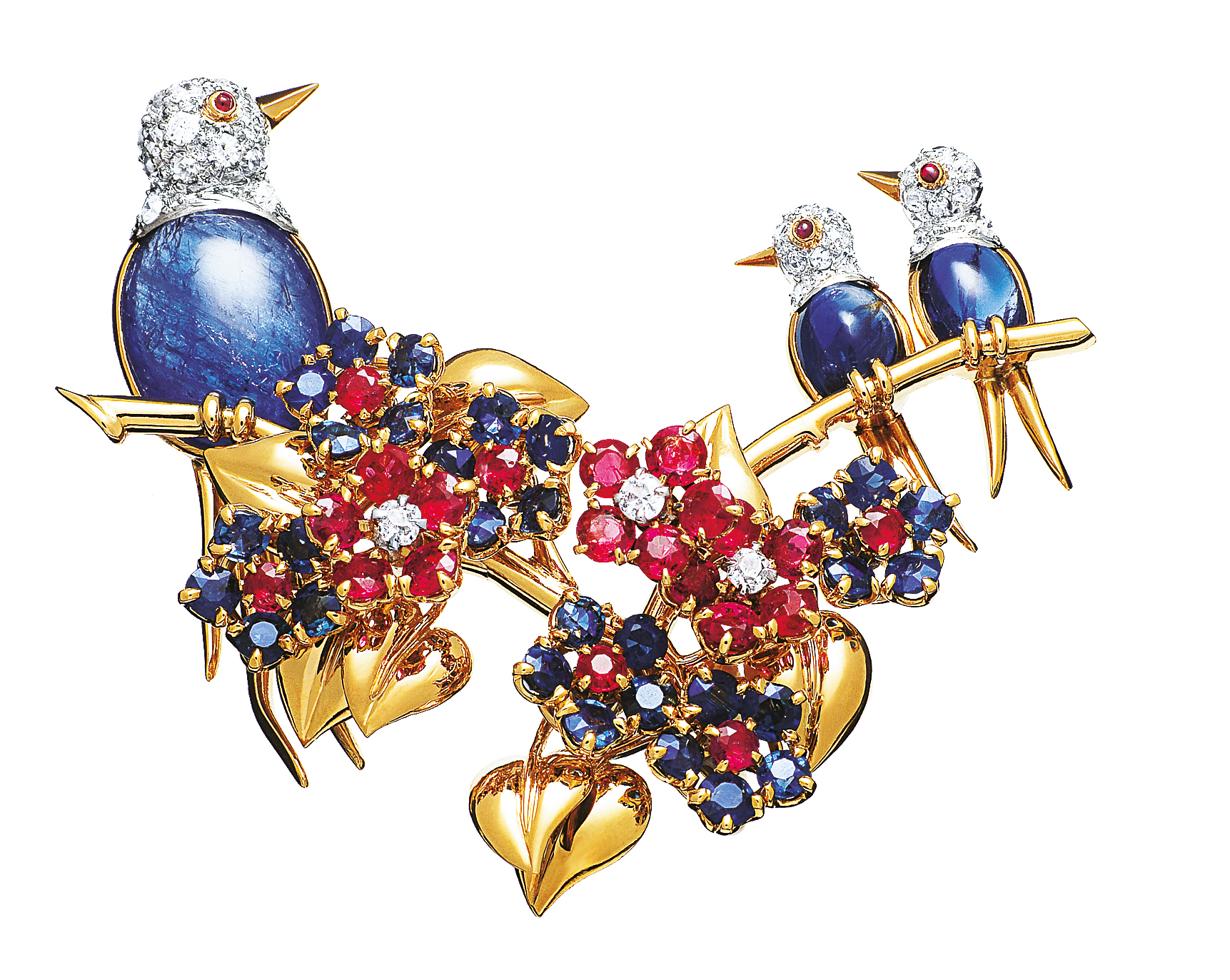
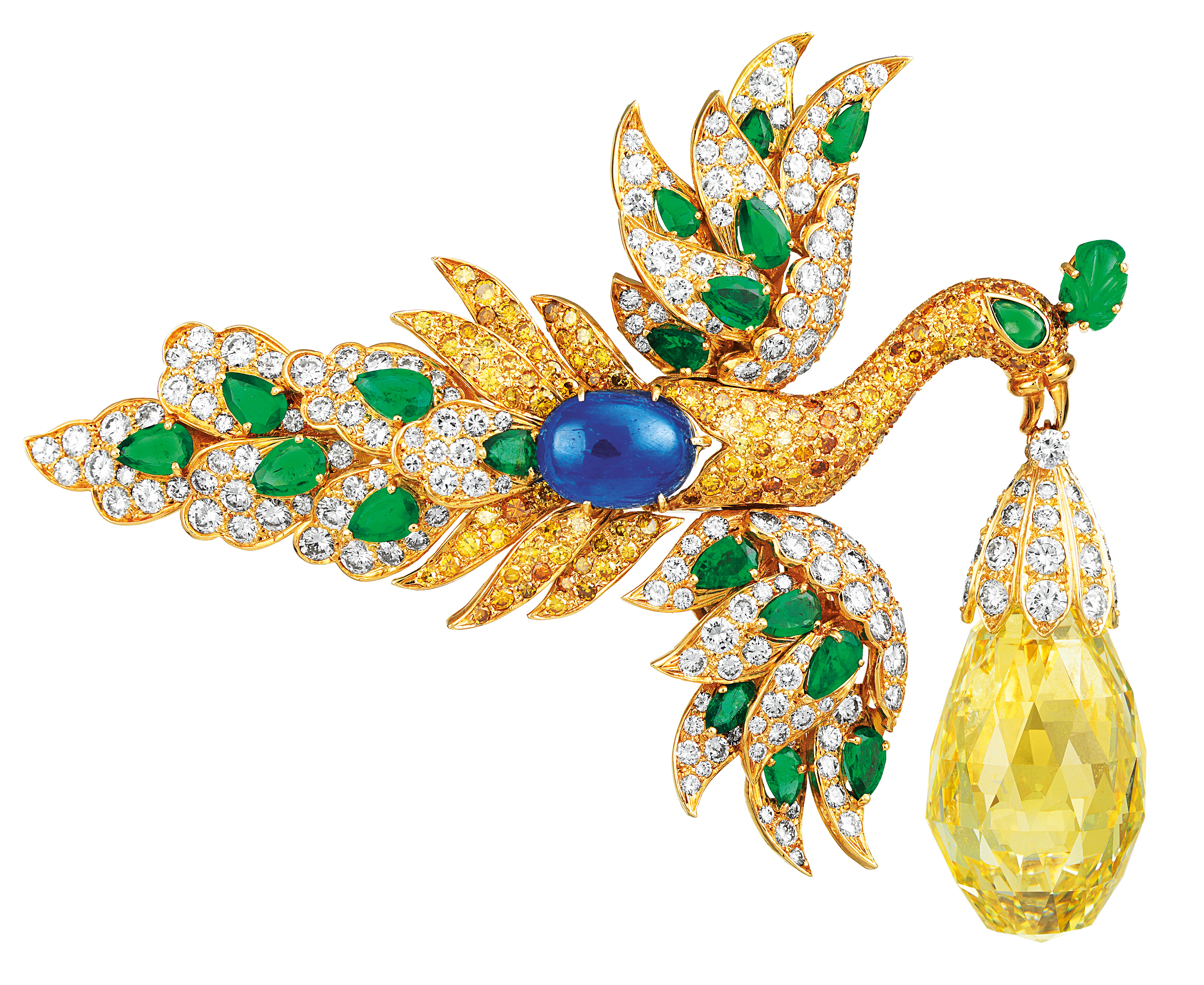
A Fusion of Cultures and the Future
As the focus of the exhibition is the mastery of an art, the exhibition’s curators are presenting a combination of works that serve as outstanding examples of French and Japanese techniques.
In addition to Van Cleef & Arpels’ high jewellery, they present works by contemporary Japanese craft artists such as Moriguchi Kunihiko, a Living National Treasure in yuzen dyeing; Kimura Takeshi, an Important Intangible Cultural Property holder in ra and tatenishiki weaving; Nakagawa Kiyotsugu, an Important Intangible Cultural Property holder in traditional wood crafts; the lacquer artisan Hattori Shunsho; and the ceramic artist Miwa Kyusetsu XII (Miwa Ryusaku). There will also be a special display of collaborative works, integrating elements of both high jewellery and Japanese crafts.
